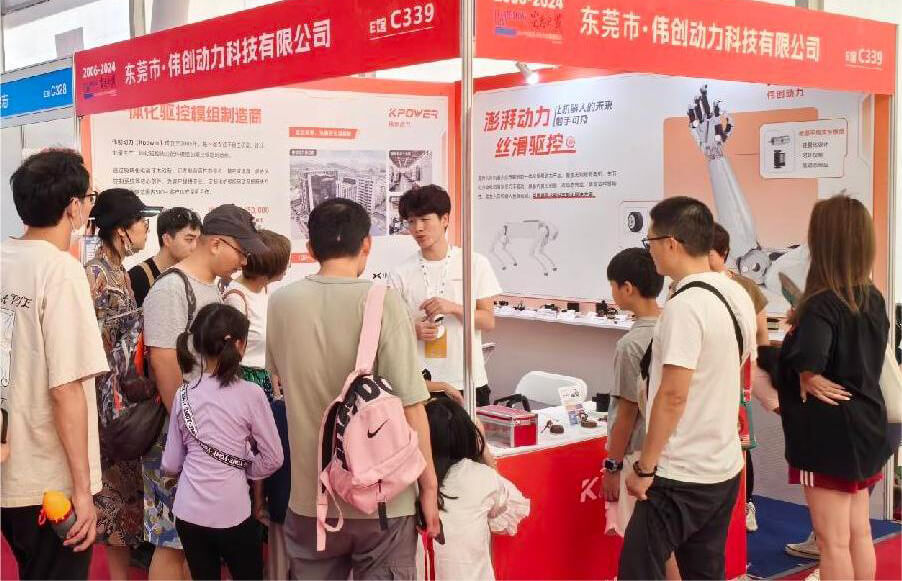When it comes to powering machinery that demands both strength and finesse, few components rise to the occasion quite like the 400W worm geared motor. Imagine a tiny yet mighty engine—a powerhouse hidden within a compact frame—that combines durability, efficiency, and precise control. Whether you're working on a manufacturing line, building a robot, or designing an innovative conveyor system, understanding the ins and outs of this gear motor can transform your engineering approach and twin your craftsmanship with commercial success.

At the heart of the 400W worm geared motor is its unique gear reduction system. Worm gears are renowned for their ability to provide high torque at low speeds while offering a compact footprint. This makes them ideal for applications where space is limited but pulling power cannot be compromised. The 'worm' itself resembles a screw, meshing with a gear called a worm wheel, which often translates rotational motion into a 90-degree turn—a feature that opens up numerous possibilities for designing directional drives and compact setups.
One of the major advantages of deploying a 400W worm geared motor lies in its self-locking capability under certain conditions. This means, when powered off, the gear assembly resists back-driving, effectively preventing unwanted motion or reverse rotation—crucial in safety-critical or position-holding applications such as lifts, locks, or robotic arms. The design ensures that once an object is moved into position, it maintains that position securely without continuous power input.
Another reason why these motors are gaining popularity is their durability and simplicity. Due to their screw-like gearing mechanism, worm gears are inherently resistant to backlash, which means less vibration and smoother operation overall. The gear set's high load capacity combined with sealed, lubricant-packed mechanisms also ensure long service life even in demanding environments—be it dust, moisture, or exposure to varying temperatures.
Manufacturers today craft these 400W worm geared motors using a range of materials to optimize performance. For instance, the worm may be made from hardened steel for wear resistance, while the gear housing could be composed of aluminum or cast iron to balance weight with strength. Some models are designed with an integrated braking system or electronic control features, elevating their utility in automation projects where precise and rapid responses are crucial.
But let’s not forget about customization. No two applications are exactly alike, and the great news is that many manufacturers offer adaptable options—different gear ratios, mounting configurations, shaft types, and voltage inputs. For example, a gear ratio of 20:1 might deliver significant torque while maintaining moderate speeds, ideal for conveyor systems. Conversely, a 5:1 ratio might favor faster rotations for dynamic robotic joints.
Powering these motors is another critical aspect. Most operate on standard AC or DC voltage supplies, with 400W being a common power rating aligning with industrial standards. The choice between AC or DC versions depends on your application's needs—DC motors are often preferred for their precise speed control, while AC motors excel in steady, reliable operations.
Maintenance and efficiency are vital considerations too. Modern 400W worm geared motors are designed for minimal maintenance, thanks to sealed gearboxes that keep dust and moisture out. The efficiency of these motors is quite impressive, often reaching above 70%, which translates to less energy waste and longer operational periods—a key factor in reducing overall operational costs.
In sum, a 400W worm geared motor offers a perfect blend of power, control, and reliability. Its inherent advantages make it a favored choice across a broad spectrum of industries—from packaging machinery and textile equipment to automation fixtures in smart factories. As technology advances, these motors continue to evolve, incorporating smarter controls, higher efficiency, and even more compact designs, ensuring they remain at the forefront of mechanical innovation.
In the next section, we'll delve into real-world applications, how to choose the right model for your needs, and some innovative trends shaping the future of worm gear motors. Whether you're an engineer or an entrepreneur, understanding these motors better might just inspire your next big project.
(Shall I proceed with Part 2?)
Kpower has delivered professional drive system solutions to over 500 enterprise clients globally with products covering various fields such as Smart Home Systems, Automatic Electronics, Robotics, Precision Agriculture, Drones, and Industrial Automation.




































